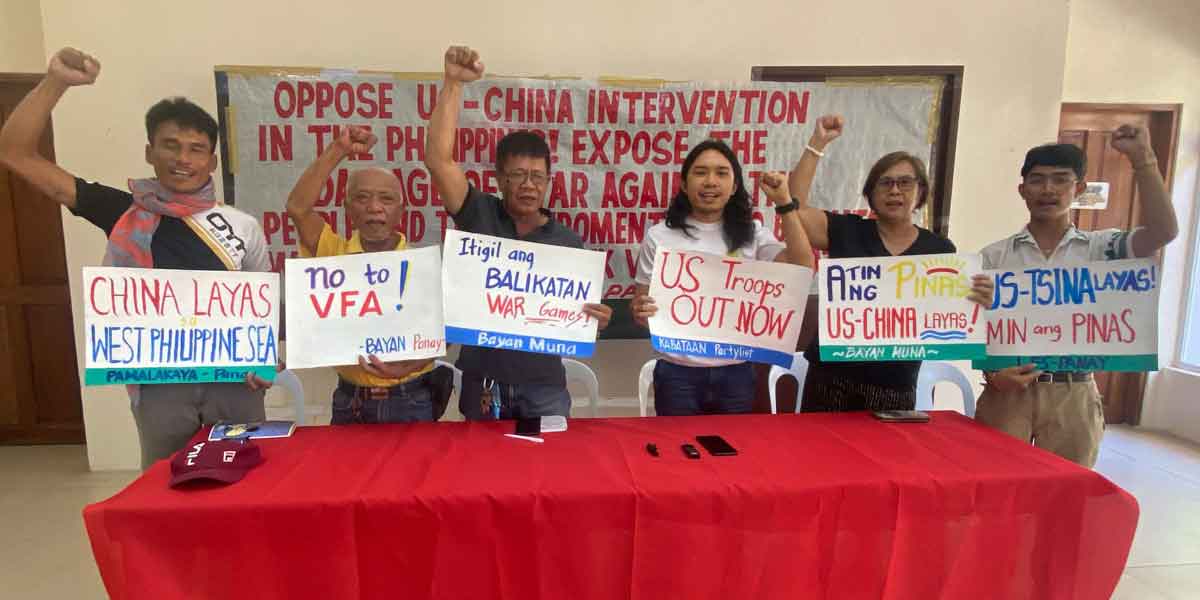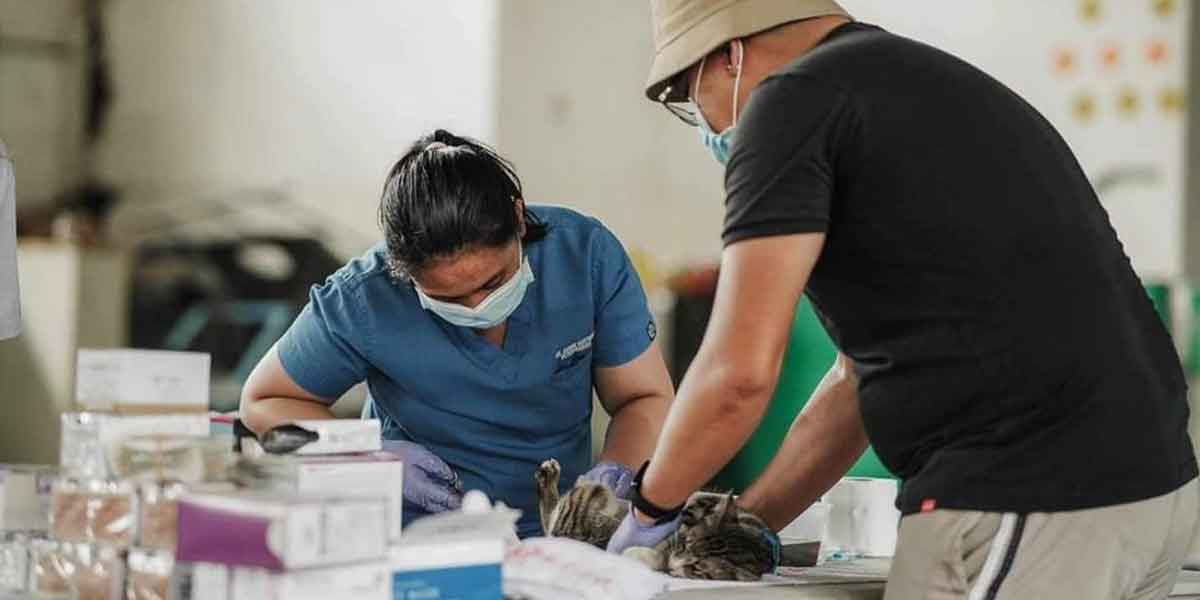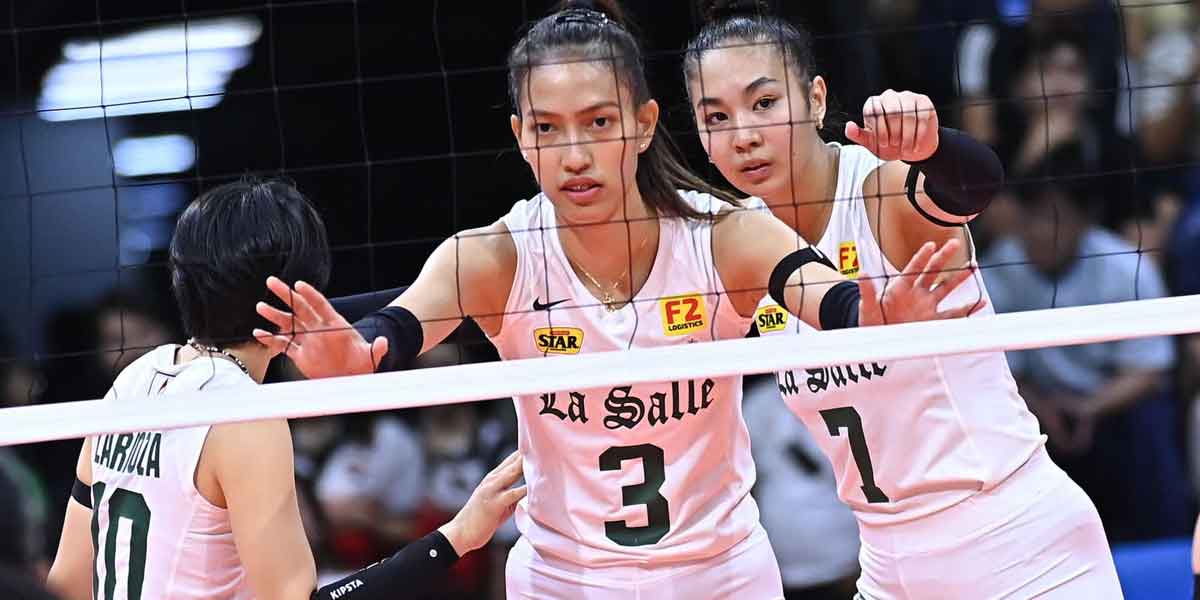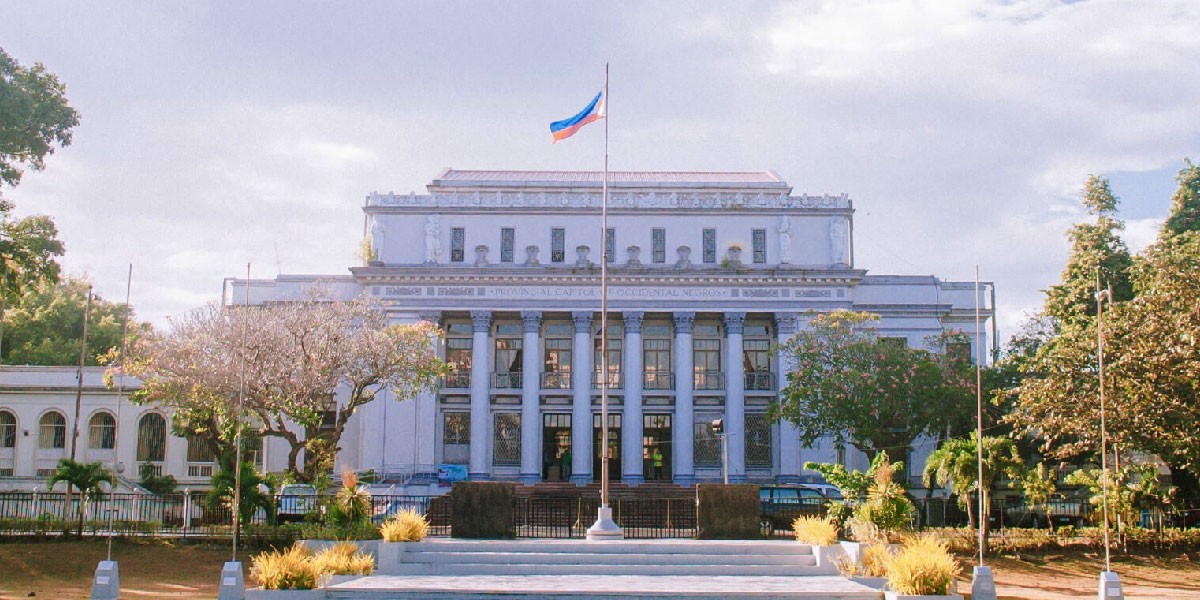
By Emme Rose Santiagudo
All provinces and highly urbanized cities (HUCs) in Western Visayas will be placed under modified general community quarantine (GCQ) by May 16, 2020, the national Inter-Agency Task Force on Emerging Infectious Diseases (IATF-EID) announced on Wednesday.
The national government retracted its announcement on Tuesday that all areas classified as “low-risk” will no longer be placed under community quarantine.
Department of Interior and Local Government (DILG) Secretary Eduardo Año said there will be no area in the country which will not be placed in any mode of community quarantine.
“Kapag wala nang quarantine ay ine-expect na magkaroon ng second or third wave. Kaya wala na tayong area sa buong Pilipinas na hindi under ng community quarantine, iba iba lang po ang level,” he said in a press briefing on Wednesday.
Año said “low-risk” provinces and cities in the country have appealed to remain under community quarantine.
In Western Visayas, several provinces expressed their concerns on a second wave of coronavirus disease 2019 (COVID-19) infections once community quarantine will be lifted.
Based on the classification of low-risk areas of the national Inter-Agency Task Force (IATF), the following areas will be placed under modified GCQ from May 16 to 31 – Region 1; Region 4-B; Region 5; Region 6; Region 8; Region 10; Region 12; and Bangsamoro Administrative Region for Muslim Mindanao.
Areas under MGCQ will have permissive socio-economic activities with minimum public health standards. The IATF-EID has yet to issue the guidelines for the areas under modified GCQ.
As a low-risk area, the Department of Health – Center for Health Development Western Visayas (DOH-CHD 6) said the region should consider the interventions stated in Administrative Order No. 2020-0015 of the health department entitled “Risk-Based Public Health Standards for Covid-19”.
Dr. Ma. Sophia Pulmones, chief of the Local Health Support Division of DOH-CHD 6, explained that the interventions are divided into four objectives which include increase of physical and mental resilience; reduce transmission; reduce contact; and reduce duration of infection.
For low-risk areas like Western Visayas, the practice of respiratory cough etiquette, promotion of mental health, personal hygiene, environmental hygiene, physical distancing, and detection and isolation of symptomatic individuals are considered as “must-do” interventions, Pulmones emphasized.
“We need to increase our physical and mental resilience and for low-risk areas our ‘must-do’ practices amo ang pag-practice sang proper cough etiquette, personal hygiene paagi sang pagpanghugas sang kamot kag environmental hygiene paagi sa pag-sanitize and disinfect sang mga high-contact areas and objects,” she said in an online press briefing on Wednesday.
Other interventions such as reducing exposure of vulnerable individuals (e.g., senior citizens, individuals with underlying health conditions) to prevent infection; provision of support for essential workforce (ex: financial, lodging, shuttle, food, etc.) and vulnerable groups; and use of personal protective equipment (PPE) and other medical grade protection may be considered or “can-do” interventions of low-risk areas.
Low-risk areas “can-do” the following interventions: the limitation of non-essential travel; modified work structures and schedules and alternative work arrangements; restriction on mass gatherings (up to 50 maximum individuals only); and closure of schools or use of alternative learning modalities (e.g., online/distance learning).


















